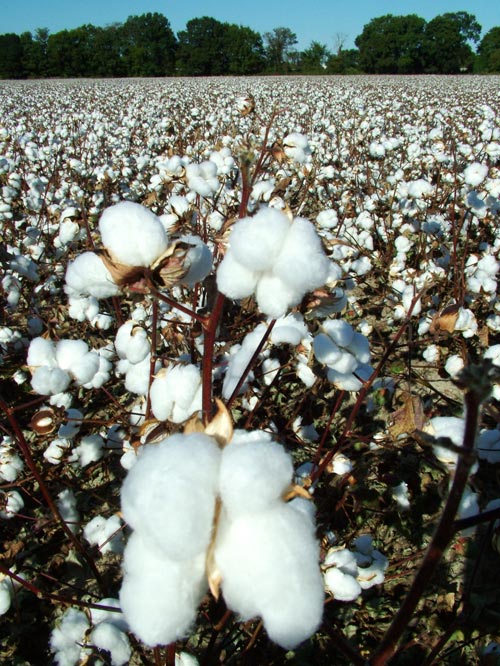
It is “abundantly clear” that the federal Cotton Research and Promotion Program checkoff program has benefited U.S cotton producers, importers and government stakeholders.Oral Capps, Texas A&M agricultural economics professor, told the Cotton Board at its annual spring meeting in Del Mar, Calif., that the checkoff program has benefitted textile mills and cotton producers worldwide by increasing the consumption of cotton.
March 11, 2011

It is “abundantly clear” that the federal Cotton Research and Promotion Program checkoff program has benefited U.S cotton producers, importers and government stakeholders, according to the leader of a team of economists from Texas who evaluated the program.
Oral Capps, Texas A&M agricultural economics professor, also told the Cotton Board at its annual spring meeting in Del Mar, Calif., that the checkoff program has benefited textile mills and cotton producers worldwide by increasing the consumption of cotton.
Based in Memphis, Tenn., the Cotton Board is the oversight and administrative arm of the Cotton Research & Promotion Program, representing U.S. Upland cotton. It contracts with Cotton Incorporated to carry out the research and promotion activities for U.S. producers and importers of cotton with a current annual budget of about $77 million that is likely to reach $100 million within three years.
This money is raised via an assessment of $1 per bale plus five-tenths of 1 percent of the value of cotton from producers, imported raw cotton and the cotton content of imported textile and apparel products.
The study by economists from Texas A&M and Texas Tech also shows that U.S. taxpayers are better off because the cotton checkoff program has reduced government outlays directed to cotton farmers.
The report from the Texas economists was the fourth done since 1996 when Congress ordered an economic analysis of the program every five years. Capps has been involved in three of the four previous evaluations.
For the past 24 years, the checkoff program has provided an annual return on investment of a little more than four to one for producers; eight to one for the government in reduced support payments; and 14 to 1 for assessed importers.
“By and large the cotton (checkoff) program is doing what it was designed to do,” Capps said.
Worldwide impact of Cotton Incorporated
However, the California cotton producers who met in the 1960s at Tagus Ranch restaurant in Tulare County to form the Cotton Producers Institute, predecessor to Cotton Incorporated, likely did not envision the worldwide impact of what they started.
Capps told the board that foreign cotton production, consumption and world cotton prices also have increased dramatically over the past two and a half decades due to Cotton Incorporated’s efforts. That includes Brazil, implied Capps to a question about whether that South American country benefited by the cotton research and promotion program funded by U.S. cotton farmers.
Brazil has been a festering sore for U.S. cotton producers since it filed a World Trade Organization complaint that the federal farm program created unfair world trade. Brazil won to the dismay of U.S. producers.
The federal checkoff program was created to counter cotton textile market losses to synthetic fibers. Ironically, Capps said as cotton regained market share and prices rose, it indirectly benefited man-made fibers because of the price relationship between higher priced cotton and the overall demand for textile products.
Capps said Cotton Incorporated spends 63 percent of its budget on cotton marketing and promotion efforts; 16 percent on non-agricultural textile research; 15 percent on agricultural research; and 6 percent on administration.
The economists also verified a “significant impact” on U.S. cotton yields attributed at least in part to agricultural research funded by Cotton Incorporated.
This research, he said, also resulted in significant acreage increases over the 24-year period in the Delta and Southeast regions of the U.S. cotton belt.
Capps and his team have spent five months developing the preliminary report for the March Cotton Board meeting. A final report will be submitted later.
About the Author(s)
You May Also Like





